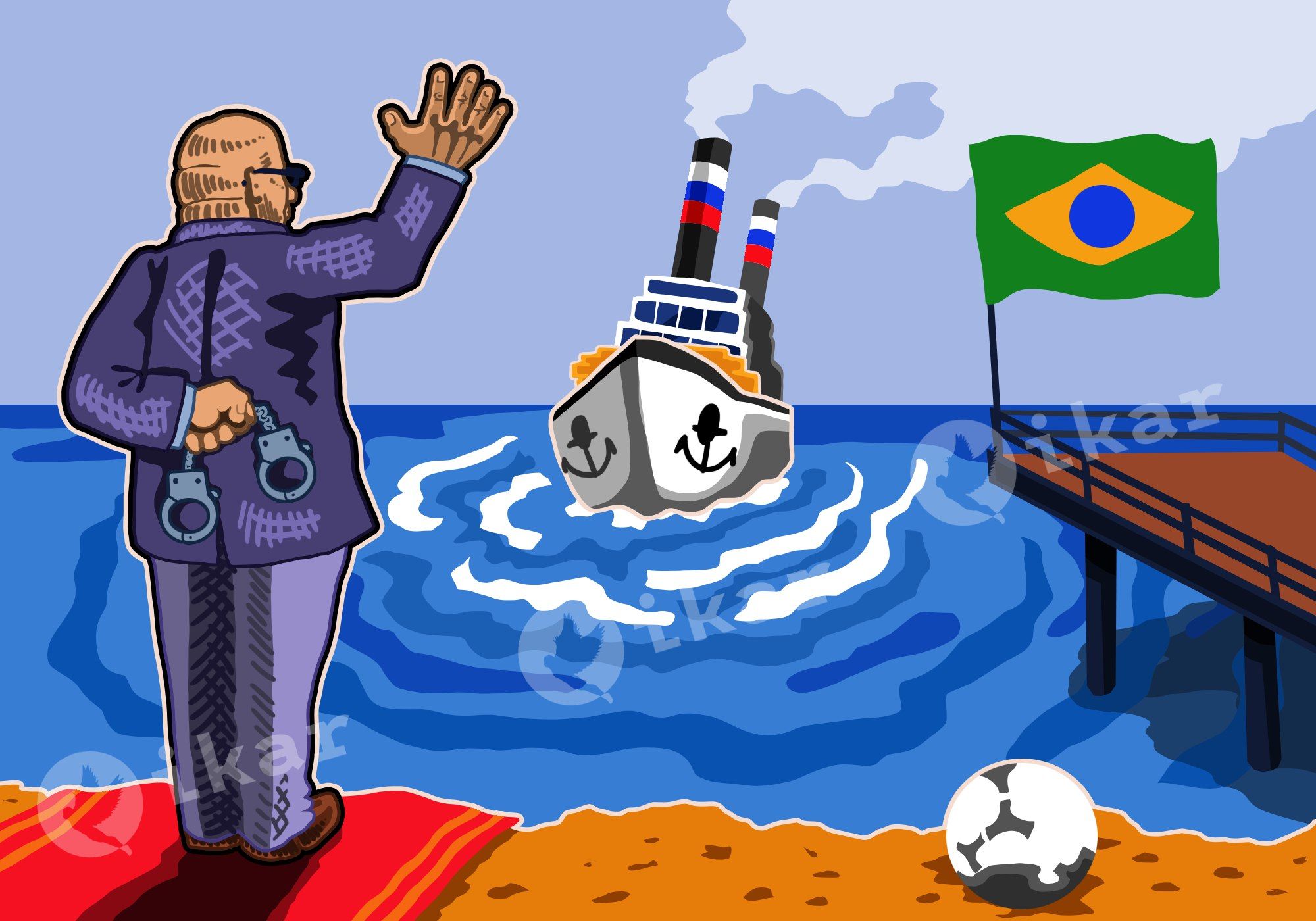
Brazil - Russia: Dangerous Connection Across the Atlantic
05/04/2023, 07:58
The Brazilian government proposes to create a "club of peace" but at the same time refuses to join the international sanctions policy regarding Moscow. First and foremost, the reason for continuing cooperation with Russia depends on Brazil's reliance on Russian fertilizer supplies by more than 60%. In addition, newly elected (from 01.01.2023) President Lula da Silva inherits a close political interaction through the BRICS organization and therefore seeks to involve India and China in any negotiating projects. As a rule, conflict resolution models offered by this group of countries contain utopian or amorphous/vague paths to reconciliation.
Official Brazil tries to appear neutral, refusing to supply military equipment or ammunition to Ukraine. Although the US administration is actively negotiating to change Brazil's position, recent attempts to obtain ammunition for Leopard 2 tanks were unsuccessful. Meanwhile, Brazil supported the UN resolution on Ukraine's peace and territorial integrity and officially stated that it would comply with the Hague Tribunal's decision regarding Putin's arrest as per the Rome Statute. Such ambivalence represented by the Brazilian government indicates its awareness of Russia's strategic defeat but points to tactical moves regarding situational benefits from cooperation with Moscow.
Russia's "Unprofitable Trading" Tactic is a lure for unstable regimes or crisis economies. Today's Kremlin, similar to USSR, prefers ideological and political benefits to calculated risks. This approach prolongs the collapse of Russia's international reputation and creates an illusory impression of the system's sustainability. Like many other countries, Brazil compromises with the Russian Federation's top leadership due to colossal benefits from economic preferences offered by weakened Vladimir Putin.



